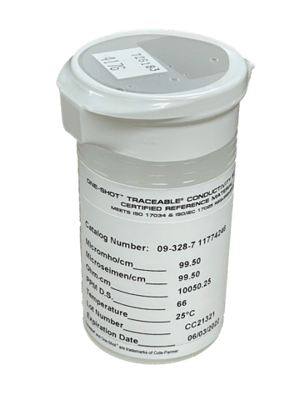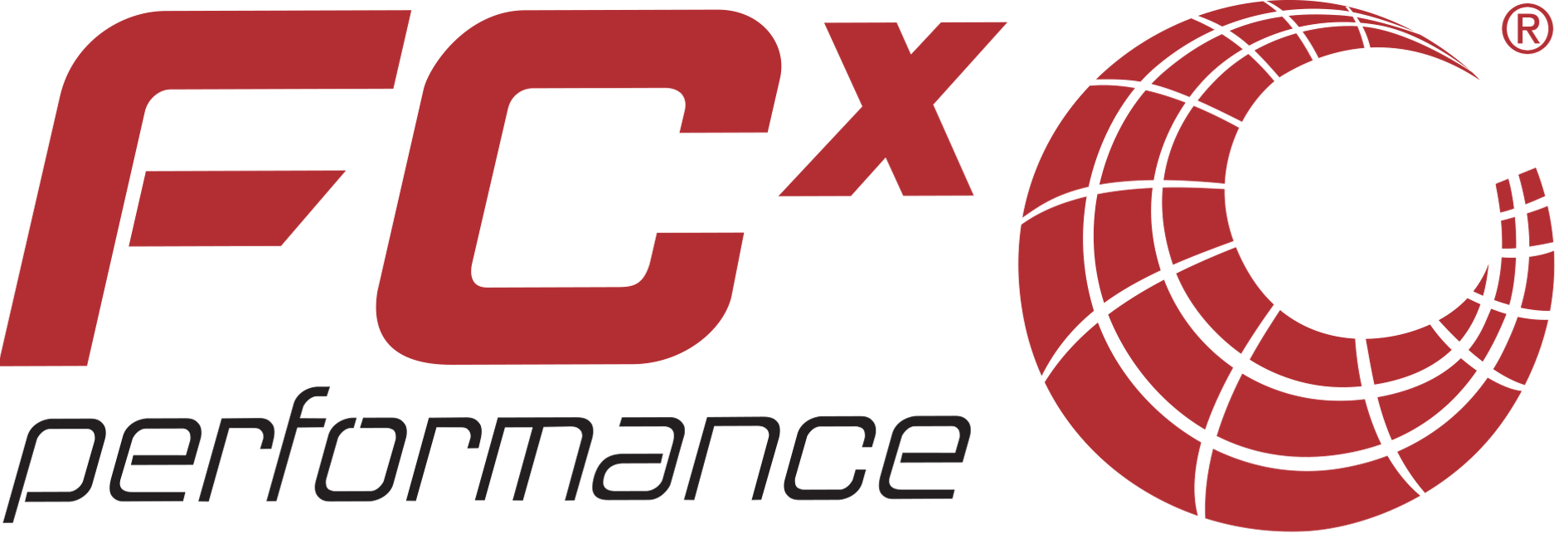
3 Common Methods for Conductivity Calibration in Purified Water Applications
There are several ways you can measure conductivity. Discover the 3 most common methods to perform conductivity calibrations.
Article written by PCI.
Knowing the conductivity of the water in your system is vital because it can tell you how much unwanted impurities are present in the water, such as dissolved substances, chemicals, and minerals. Conductivity and resistivity have an inverse relationship; the higher the resistance, the lower the conductivity there is in purified water.
Conductivity calibrations, when performed correctly, accurately ensure you are determining water purity, control concentration, and gather quantitative information to solve the water’s ability to pass an electrical current. The real question is: How can you perform conductivity calibrations? Below are 3 must-know methods to accurately perform conductivity calibrations in purified water applications and when to use them:
1. Flow-Through Conductivity Test
The Flow-Through Conductivity Test, otherwise known as the Inline Direct Comparison method, is best used when a line break is not an option on your instrument. This type of calibration requires a port located close to the unit under test (UUT) where the same fluid can be measured simultaneously. Most reverse osmosis and purified water systems have ports located near the conductivity sensor to allow for this direct comparison. Whether or not standard temperature compensation is being utilized, it is extremely important to ensure that both UUT and the standard are both compensated the same way. This is the preferred method to use when calibrating water purification applications; use this method if you do not have to open your system. Since this method is used on closed systems, it will not require passivation or cleaning, whereas the two other methods shown below require opening your system.
Pro Tip:
A closed system does not reintroduce the product back into the loop after being exposed to an outside environment. Without the need for passivation or cleaning, you save money from downtime and avoid a decrease in productivity. Before you start recording readings, ensure that the temperature in the closed system has reached its equilibrium.
2. Resistance Source Methodology
The Resistance Source Methodology is often used for 2-electrode sensors and toroidal sensors if you do not have access to sample ports. This method will not work with 4 electrode sensors.
| This method uses a decade box. A decade box is a tool that uses a series of resistors, capacitors, or inductors to stimulate specific electrical values. You can perform this method by attaching one lead from the decade box to the inner electrode and the other lead from the decade box to the outer electrode in a 2-electrode sensor configuration. You can loop a test lead from one leg of the decade box through the toroidal sensor to the other leg of the decade box. Resistance source needs to be off. | .png?width=447&name=MicrosoftTeams-image%20(11).png)
|
Pro Tip:
Make sure the temperature compensation is turned off when using this method. You also can’t simulate with a process meter; you must use a decade box for this method.
3. One Shot Method
A One-Shot Method is a single-use conductivity standard. This is typically used for general purpose lab equipment, where a single point verification is required. The standard conductivity solution itself is formulated to a predetermined conductivity value at a specific temperature. This method is performed by placing the probe in a one-shot solution and verifying that the readings of the UUT are within the value of the one shot to approve specifications. Adjustments can be made based on the value of the One-Shot standard.
|
Pro Tip: If you are using temperature compensation, use the value on the bottle at 25°C. If you are taking a non-temperature compensated measurement, use the certificate of analysis that comes with the standard solution. |
 |
Knowing your calibration options and the intended application of your device is imperative when choosing a conductivity method. Conductivity calibrations, when performed correctly, verifies water purity and control concentration. Using a calibration methodology incorrectly can result in a severe adverse outcome with your calibration. Using the right method for the situation can result in a successful conductivity calibration.
Bonus Pro Tip:
Conductivity measurements are significantly affected by the temperature of the sample. It is important to understand temperature compensation (TC) and how it relates to each type of test. When using TC, it is critical that the temperature sensors internal to the unit are also calibrated. When not using TC, it is imperative to report the sample temperature reading along with the conductivity reading.
talk with an expertOur trained technicians are ready to help answer any questions you may have about your purified water conductivity calibrations! Begin your next calibration project with a team of metrology experts who are dedicated to helping their customers. |


